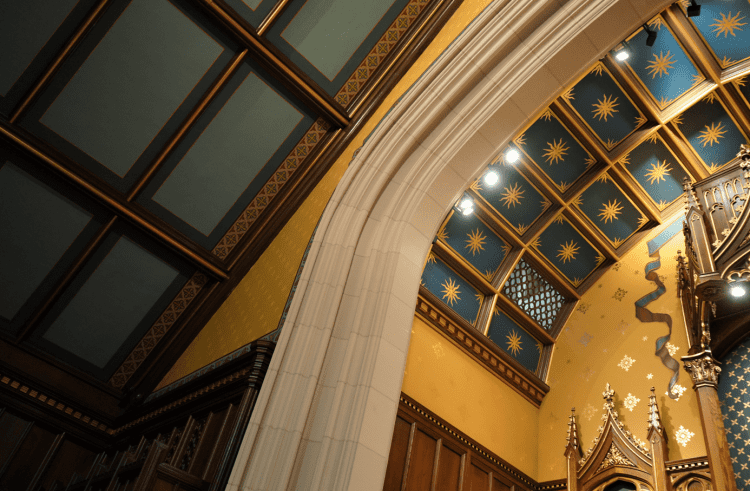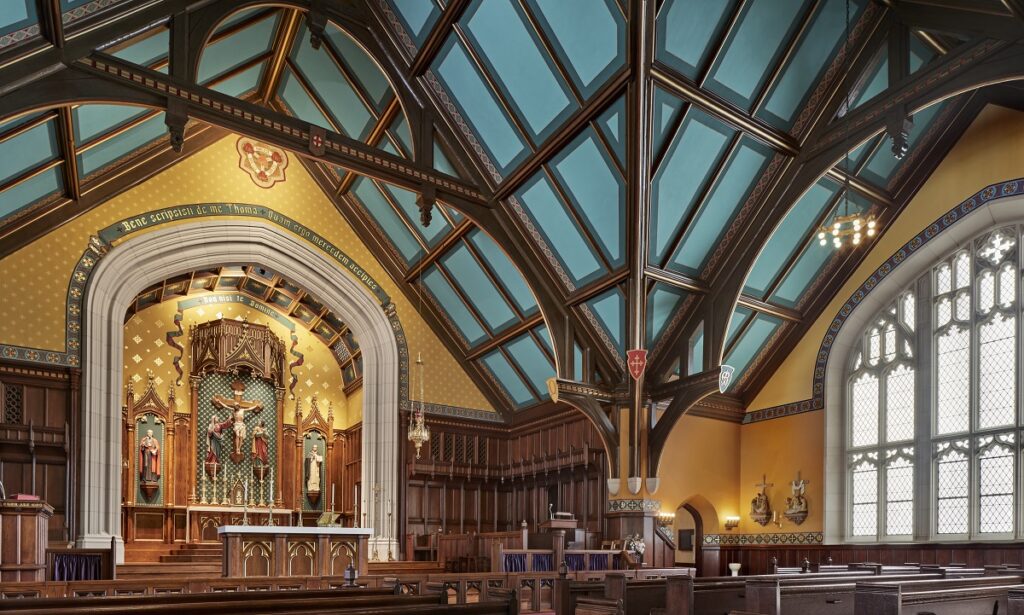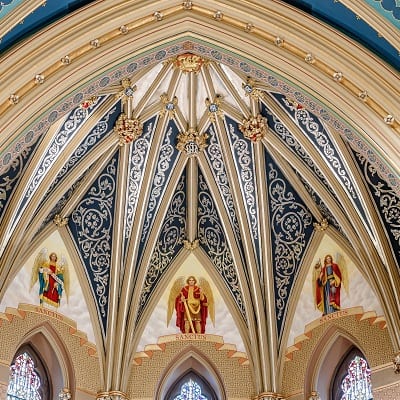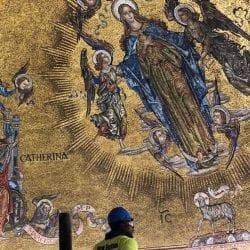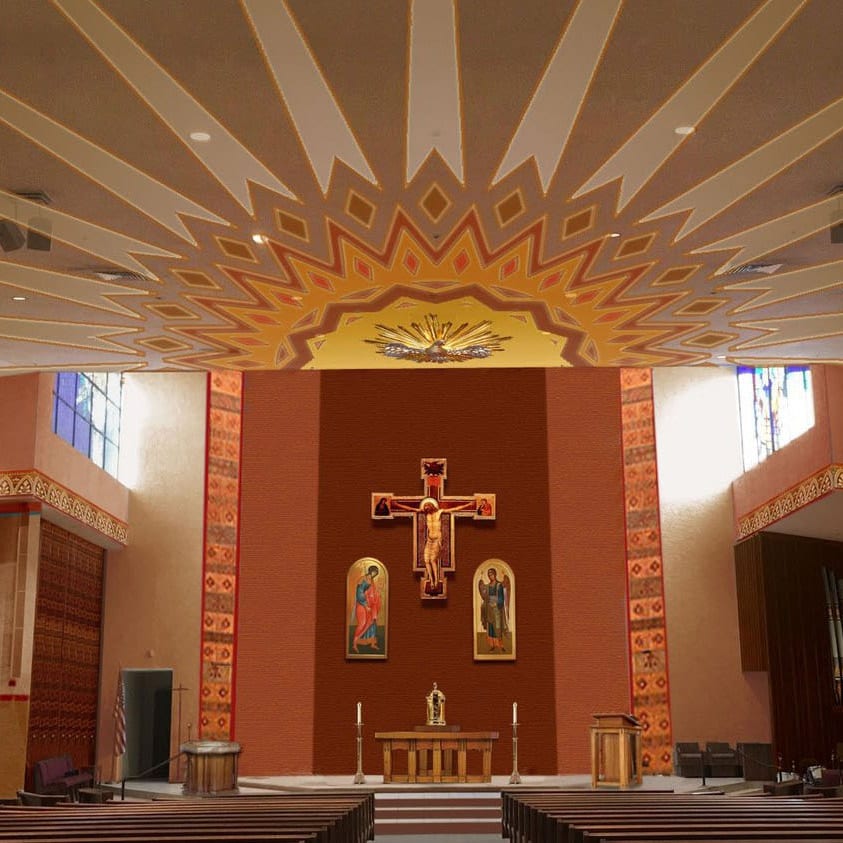“So we are bound to beautify them with all the ornaments we possibly can, and to build them in such a manner and with such proportions, that all the parts together may fill the eyes of the beholders with the most pleasing harmony, and that each of them separately may conveniently answer the use for which it was designed.” –Architect Andrea Palladio


To beautify a church is a noble thing, for churches are meant to edify the people through their architectural beauty and decoration. In order to properly accomplish such a feat, a qualified and experienced liturgical consultant is required to aid the church beautification committee to start the process and provide guidance along the way.
Liturgical Consultant Qualifications
The liturgical consultant’s job is to understand the purpose of the church and its historical design, including the proper order and hierarchy that should be involved, and to beautify it according to this purpose. The consultant should be accountable, trust-worthy, educated, and experienced in all architectural elements in need of work such as the decorative arts, murals, plaster, woodwork, stenciling, gilding, etc. Your consultant will help guide your beautification committee through determining the scope of the project, providing a rendering, writing work specifications, and executing the beautification.
1) Determine Scope
The liturgical consultant should be able to determine the scope of the project at hand. The scope will look different depending upon whether the church is in need of historic restoration or new design.
A. Restoration
If historic restoration is the goal, determining the scope will begin with a thorough investigation and analysis of the building and its elements.
1) Historic Building Assessment
Prior to any assessment of specific architectural elements, your liturgical consultant should be competent to complete a historic building assessment. This includes archival research-finding old news articles, magazines, old photographs, original specifications, or anything that will help relate the history of the building. The assessment should also include scientific laboratory analysis, on-site investigation, and sampling.
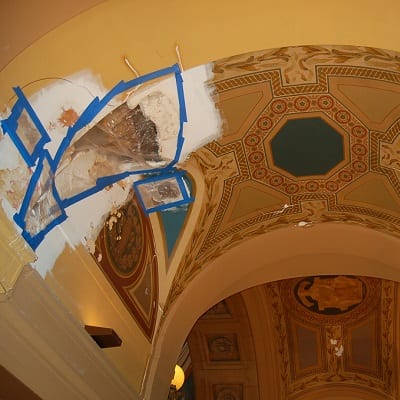

2) Plaster Survey
A plaster survey is necessary when the plaster of a church is repaired, worn, or in need of replication. The survey entails on-site inspection, laboratory analysis of plaster samples to determine composition of plaster, archival research to understand historical context, and documentation of damage as well as a plan for moving forward.
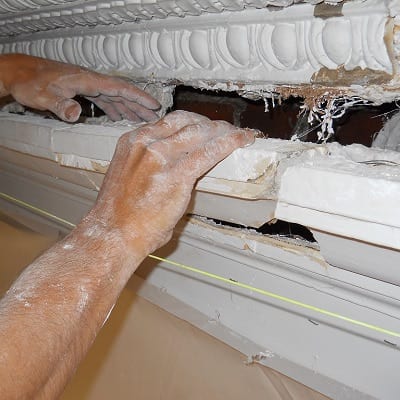

3) Historic Paint Investigation
The consultant should have the ability to analyze both in the field and in the laboratory through identifying historic paint which includes archival research, on-site investigation, scientific analysis, and interpretation. He should also be qualified to conduct a historic paint investigation in order to determine specific colors and materials that ought to be used in the restoration. During such an investigation, important information is obtained like what the original paint is comprised of, how it was originally applied, how many layers exist, what the underlying material is, and the original paint color palate.


B. New Design
When a new ecclesiastical scheme is desired be it in a historic church or modern, the church can be renovated through the application of a new design. If your church is in need of new design for its beautification, the liturgical consultant will work with your parish to establish this new decorative design that properly reflects the church’s architecture and purpose. Owen Jones says in his book The Grammar of Ornament that, “The Decorative Arts should arise from and be properly attendant upon, Architecture.” The new design should not change the nature of the church, but rather expand and enhance the church’s beauty.


2) Produce Rendering
A watercolor rendering is an illustration of what the project will look like after its completion. It serves as a visual conversation between the liturgical consultant and the parish and is a primary contributor to interest in the project and the fundraising process.
3) Develop Work Specifications
With the information obtained from the building assessment, the liturgical consultant will help compile work specifications for the project. A work specification is a detailed document describing the scope, treatment method, materials, and any concerns within a given project. This is done for each element in need of restoration i.e., a plaster specification, gilding specification, paint specification etc.
4) Execute Project
Having determined the scope and written the exact specifications, the renovation project is ready to be executed. Your liturgical consultant will help guide the project’s initiation, progress, and completion in order to obtain satisfactory results for the final beautification of your church.
